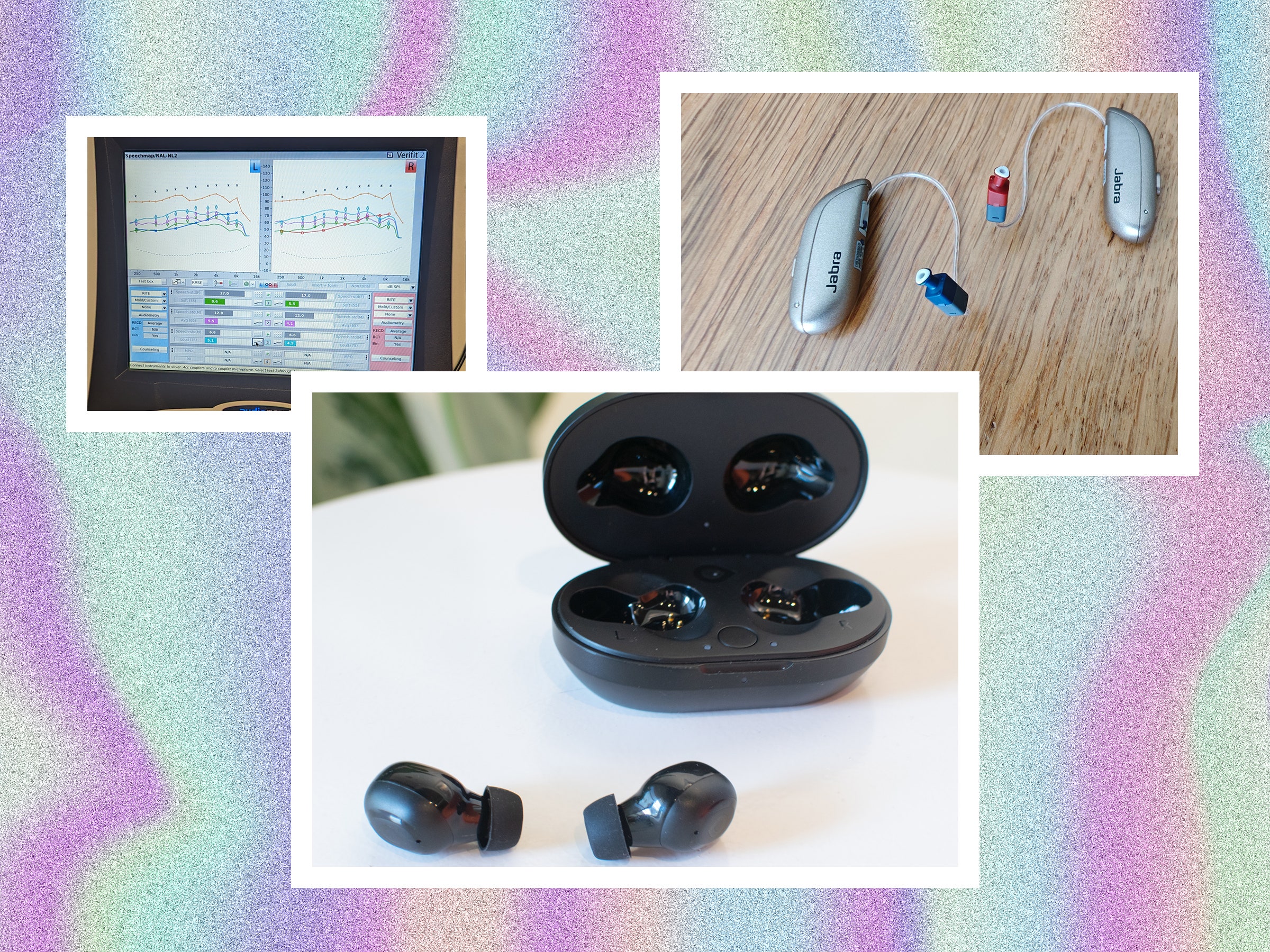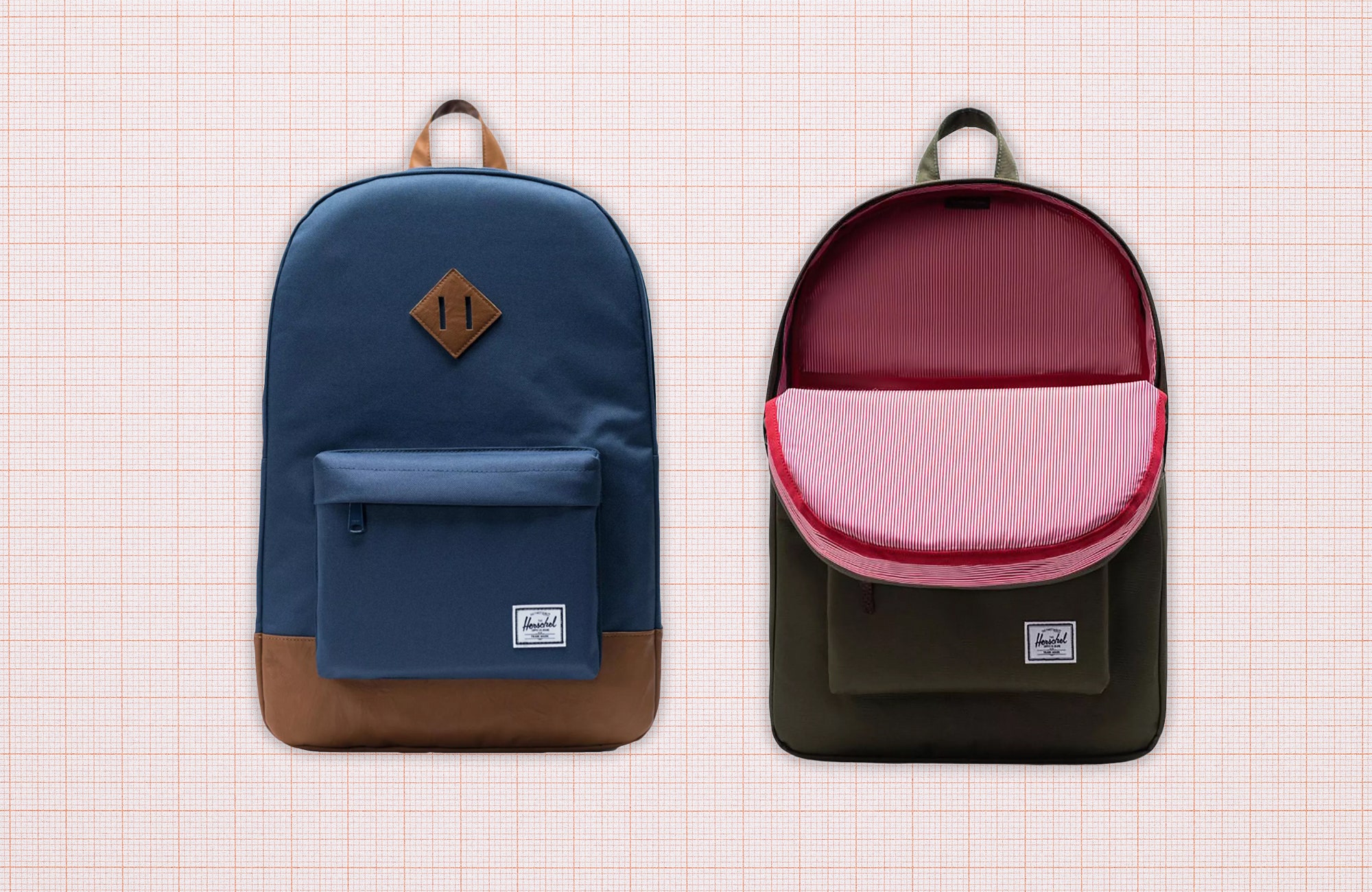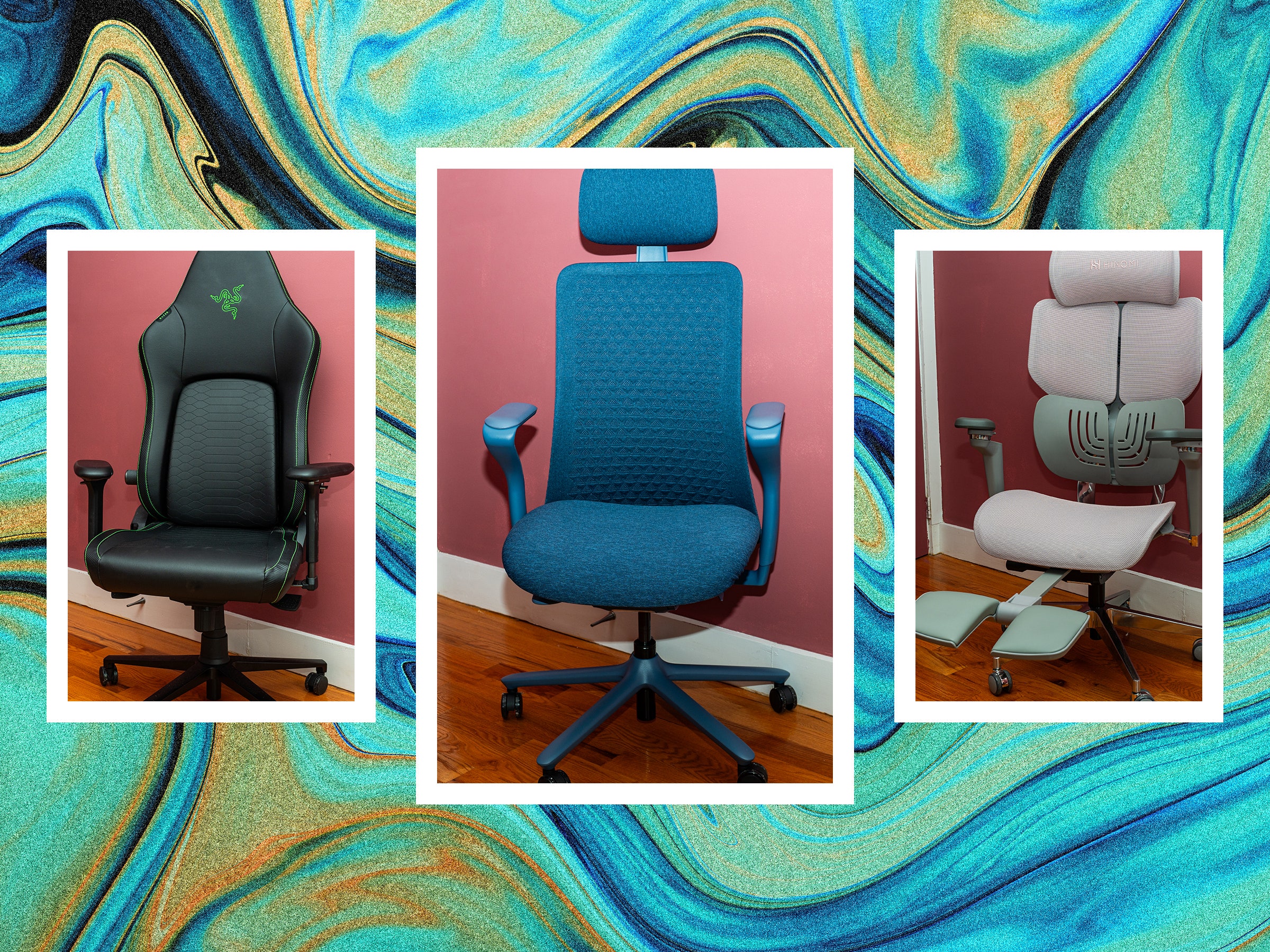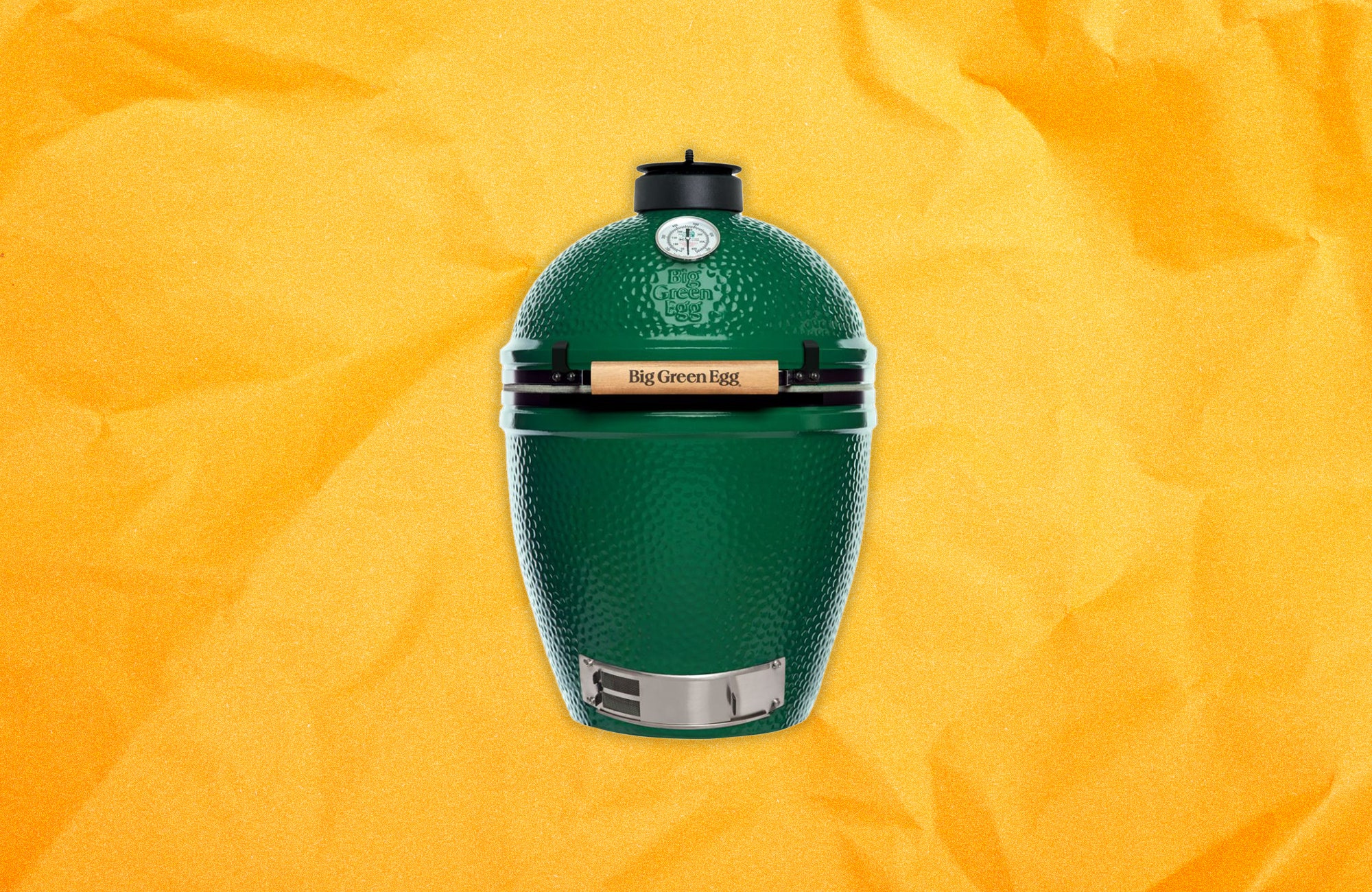Give In to Temperature-Controlling Tech and Unlock a New Kitchen Zen
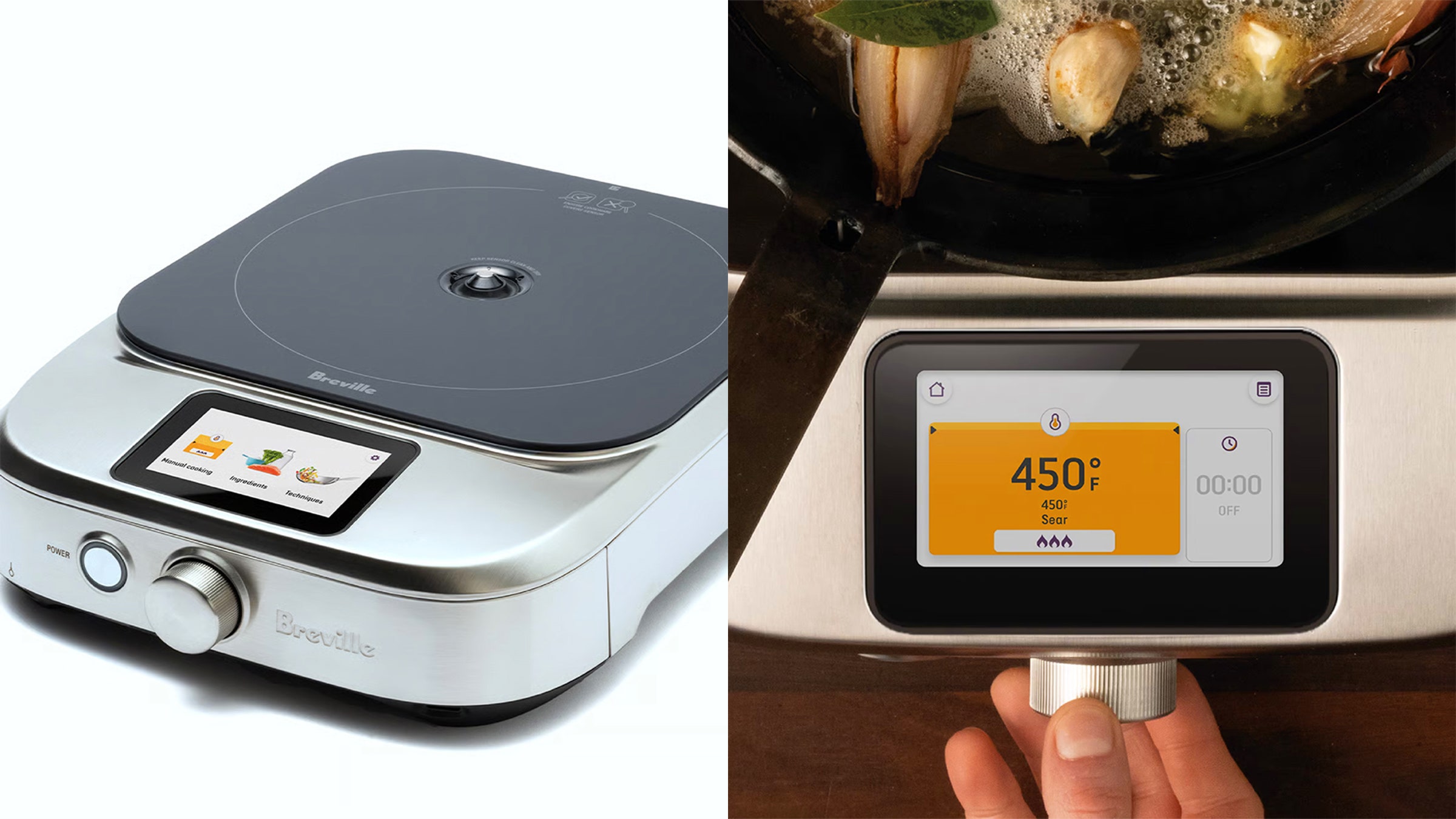
Years ago, I whipped up an omelette for a Frenchman using a high-speed, high-heat technique that required a lot of attention but made for some mean eggs.
“These are the best eggs I’ve ever had,” he told me. I may have blushed. I’ve changed techniques since then and more often than not opt for a low-temperature scramble with a Julia Child style sprinkle of vinegar over the finished product. They’re lovely.
That said, I was very happy to learn a technique that takes advantage of a new countertop induction burner that cooks to the degree. That burner is Breville’s new Control Freak Home, which is sold under the ChefSteps brand that Breville acquired in 2019. It’s a barely scaled-back version of the company’s original Control Freak countertop burner. While that one was geared toward fancy restaurant kitchens, where they line them up on countertops above the lowboy fridges, the Home is for enthusiastic (and well-heeled; it costs $1,299) home cooks, giving guidance to take advantage of that precision. This means Breville’s ChefSteps unit has come up with videos and tested recipes to help you take the best advantage of this kind of cooking.
I really like this cooking-by-degree idea, because it provides a wonderful level of certainty. Think about it: When cooking on a stove, what is “medium high?” On my stove, I’ve learned through experience that this is closer to high than on most other stoves. If you asked 10 people to set a pan to what they considered a medium heat, then took the temperate of each person’s pan, the range would be embarrassingly wide. But if you told the same people to use something like a Control Freak Home to heat a pan to 275 degrees Fahrenheit, they’d all start from the exact same place.
It’s interesting to me that we are OK with this vagary, this “one stovetop’s high is another stovetop’s medium,” and the learning curves that come with it all.
I fired up the Freak again to cook a ribeye that I flipped every 30 seconds on a pan set to 385 degrees Fahrenheit. I stood there, flip, flip, flipping it for about seven minutes, monitoring the internal temperature with my own thermometer, and it made for the nicest, crustiest steak I’ve had in a while. This is a well-written, well-demonstrated recipe on the ChefSteps website and app, but it’s also a technique, and it’s liberating to know that cooking at a specific temperature will get you right where you want to be in that time. You don’t have to worry about fussing with the burner, just set it to the right temperature and concentrate on what’s happening in the pan. Unlike a regular burner, the Control Freak can sense the temperature loss that comes from stirring or flipping, then goose the power a bit to bring it back to your set temperature. I try not to eat too much beef, but I really appreciate something like this that allows me to make sure it’s excellent when I do.
I experienced this loveliness again, searing salmon, heating the pan to 380 degrees Fahrenheit, then cooking it skin-side down and not touching it for eight minutes until it was brown and crispy. No peeking to make sure it’s too hot or too cool, just “nunza-touch” till it’s done, something that’s a lot easier when you know you’re at the perfect temperature. Somebody’s done all the worrying and fussing for you!
On another day, I used a thermometer to take the temperature of a pan on a gas stove—not on the Control Freak Home—but I borrowed ChefSteps’ recipe for searing scallops on a 385-degree pan. It featured a brown-butter sauce and, even though I was ballparking a bit, the bivalves were exceptional.
Speaking of brown butter, I used the Control Freak Home to perform one of my favorite temperature-controlled parlor tricks, something I did with the Hestan Smart Induction Cooktop which you could call “walkaway clarified butter.” For it, you attach the Freak’s temperature probe to the lip of the pan, allowing it to monitor the temperature of the food inside the pan. In this case, it held the melted butter right at 230 degrees Fahrenheit, meaning you just set a timer, walk away, and come back in about 12 minutes to clarified butter. You’re not standing there wondering if you’ve got the right temperature, you’re not stirring hot butter while trying to read a handheld thermometer and hoping it doesn’t splatter on you. It’s also a fun recipe to follow, because you essentially go up in stages of darkness, starting at clarified, working up to ghee (a little darker), then getting to brown (darker still), cranking up the heat a little bit between each stage.
Similarly, you can fry food in a Dutch oven, with the probe tip in the oil. As soon as you drop food in, it will sense the temperature drop and work to bring the temperature back up. For special-occasion fryers like myself, not having to figure this out while you’re busy dropping batter-coated food into a vat of hot oil is a blessing.
I really enjoy cooking like this. People use the word “precision,” which is accurate but off-putting. Whatever you call it, once someone has figured out that this food with that technique does best at a certain temperature, it frees up your mind. Instead of hovering and worrying that the temperature is right, you can pay attention to a different aspect of the dish, prep something else, or simply walk away.
To do all that, however, you need a specific recipe for the dish you want to make, and those can be a little scarce. ChefSteps and Breville’s recipes and videos are excellent, but a bit spotty. They have a chart to help you figure things out, but it leaves out specifics like “ribeye” or “onions” or “burgers” that would be fantastic starting points for someone new to to-the-degree cooking, which is to say almost all of us. A more detailed chart could also help us adapt existing recipes for use on the Freak. Cooking nerds would love to be able to dial in the perfect temperature for seasoning their cast-iron and carbon-steel pans.
I also had a hangup with the way it heated. Three levels of intensity allow you to choose how fast it will come up to your target temperature, but that’s also internally regulated by how high that target temperature is. (A deeper explanation can be found on ChefSteps’ website.) So it can race up to 500 degrees, but I couldn’t set it to 212 and expect it to blast up to boiling, then hold it at a simmer; it doesn’t work like that, and the firmware is not updatable.
Finally, this is a portable burner that excels at searing, meaning it’ll likely smoke up your kitchen when you use it, and that means you’ll want to park it right under your vent hood, which almost certainly means right on top of your stove. This is weird! Really something like this is most practical when it’s a part of a stovetop. GE and Hestan and a few other brands offer this, and Breville would certainly be welcome to the party.
Still, these are fairly minor problems on a wonderful machine. I’d love to think that the industry will move this way, which is really too optimistic on my part, but for a certain set of enthusiastic home cooks, this kind of cooking will consistently lead to better results and make life easier.

